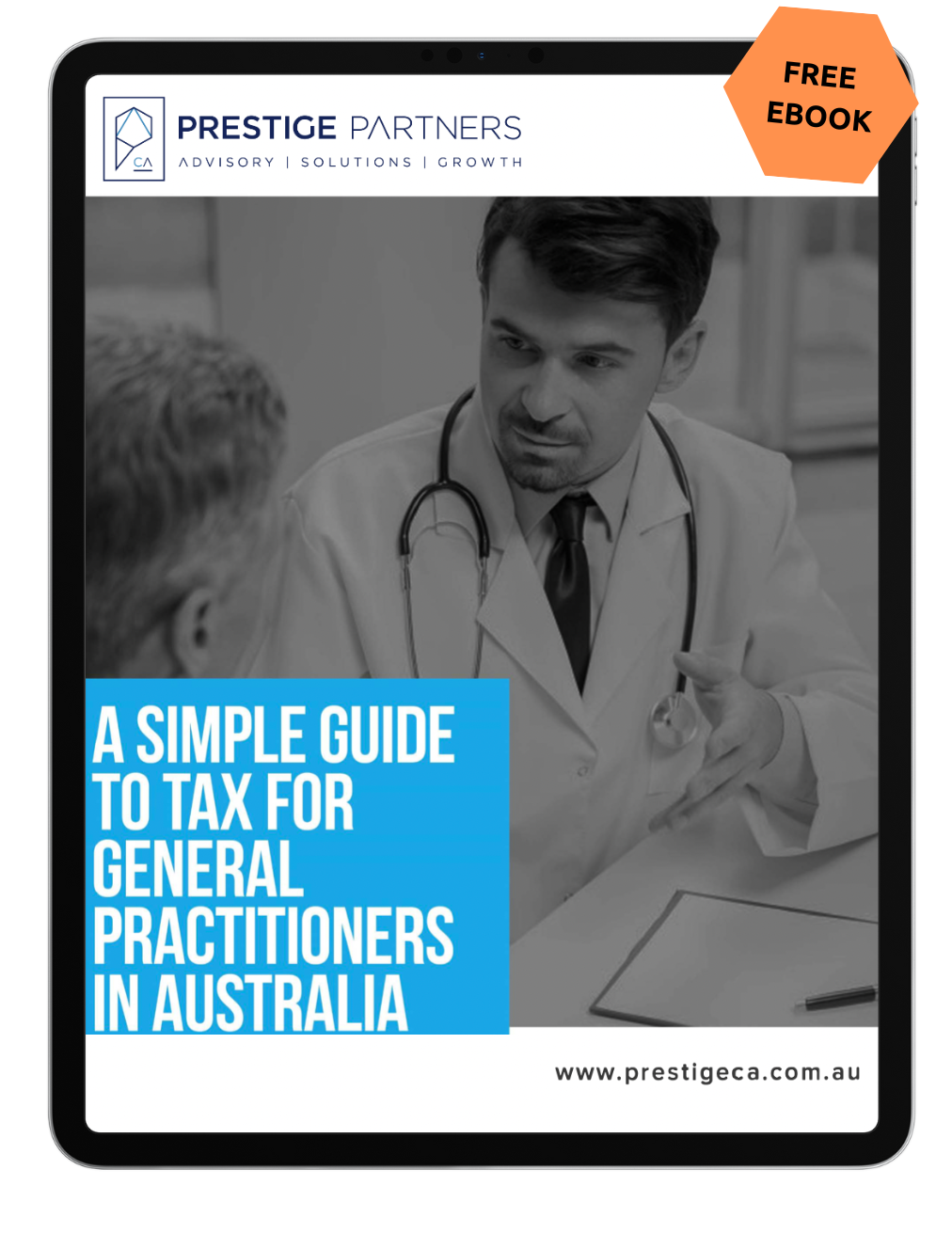What is Division 293 Tax?
Division 293 tax is an additional tax on superannuation contributions, reducing the tax concession for individuals whose combined income and concessional contributions for a Division 293 purpose is greater than $250,000.00 per year.
Division 293 tax is charged at 15% of the excess over the threshold or the taxable superannuation contributions, whichever is less.
If you are required to pay, the ATO will send you an official “Additional Tax on concessional Contributions (Division 293) Notice for the 20XX Year” after your income tax return and your contribution information from your superannuation fund is received by the ATO. These notices should be received through your MyGov account, or your registered tax agent (if applicable).
Division 293 Income – How is this calculated?
The income component of the Division 293 tax calculation is based on the same income calculation to determine the Medicare Levy Surcharge (MLS), disregarding any superannuation contributions.
The components for this calculation are:
- Taxable income (assessable income minus allowable deductions)
- Total reportable Fringe Benefit amounts
- Net financial investment loss
- Net rental property loss
- Net amount on which family trust distribution tax has been paid
- Super lump sum tax elements with zero tax rate
- Assessable first home super saver released amount
These amounts will all be included, minus the lump sum and assessable first home super saver release amount, to create a total income amount.
I have never received a Division 293 notice, and my income has not changed. Why have I received one now?
Even though you may have not previously had taxable income in excess of the Division 293 threshold, certain events can increase your income to this bracket for a particular year.
For this reason, a Division 293 notice might apply to you for only one year when:
- You have received an eligible termination payment
- You have made a capital gain (sold shares or rental property)
- Your income increased due to a one-off event
Taxable Super Contributions
Your taxable super contributions amount is not the same as your Division 293 super contributions. Taxable contributions are the lesser of the Division 293 super contributions and the amount in excess of the threshold. Unlike excess contributions, the tax office is unable to disregard or reallocate contributions for the calculation of the Division 293. You can apply to have your concessional contributions disregarded or reallocated for another year – they will retain concessional tax treatment and need to be added back into the Division 293 calculation. This is an application that the ATO will still need to review and approve once the request has been submitted.
Releasing money from super to pay for Division 293
You have the option to release funds from your superannuation fund to pay your tax liability from your Division 293 notice. To do this, you must complete an election form. You have up to 60 days from the date of your Division 293 assessment to make your election. The 60-day period only provides additional time for you to decide about releasing money from your super. It does not change the due date for payment of your Division 293 tax liability. Even if you are electing to release money from your super, your liability should still be paid by the due date on your notice of assessment. The quickest way to lodge your Division 293 election form is online. Your election will immediately be lodged with the ATO, as they will have all the information required to process the election without any delays.
You can also apply for the election through your MyGov, or have your registered agent complete this for you on your behalf. Once the ATO receives a valid election form from you, they will send your nominated superannuation fund a release of authority notice to pay the ATO the amount you have specified on your election form
How can I minimise my Division 293 tax liability?
Unfortunately, there is no way to avoid Division 293 tax if you’re a high-income earner other than getting your taxable income lower than the $250,000 threshold via non-gearing and non-super tax deductions. Some valid methods are below:
- Donations and charitable contributions to deductible gift recipients
- Self education expenses
- Home office deductions
- Income protection deductions
- Any other valid work related deductions





